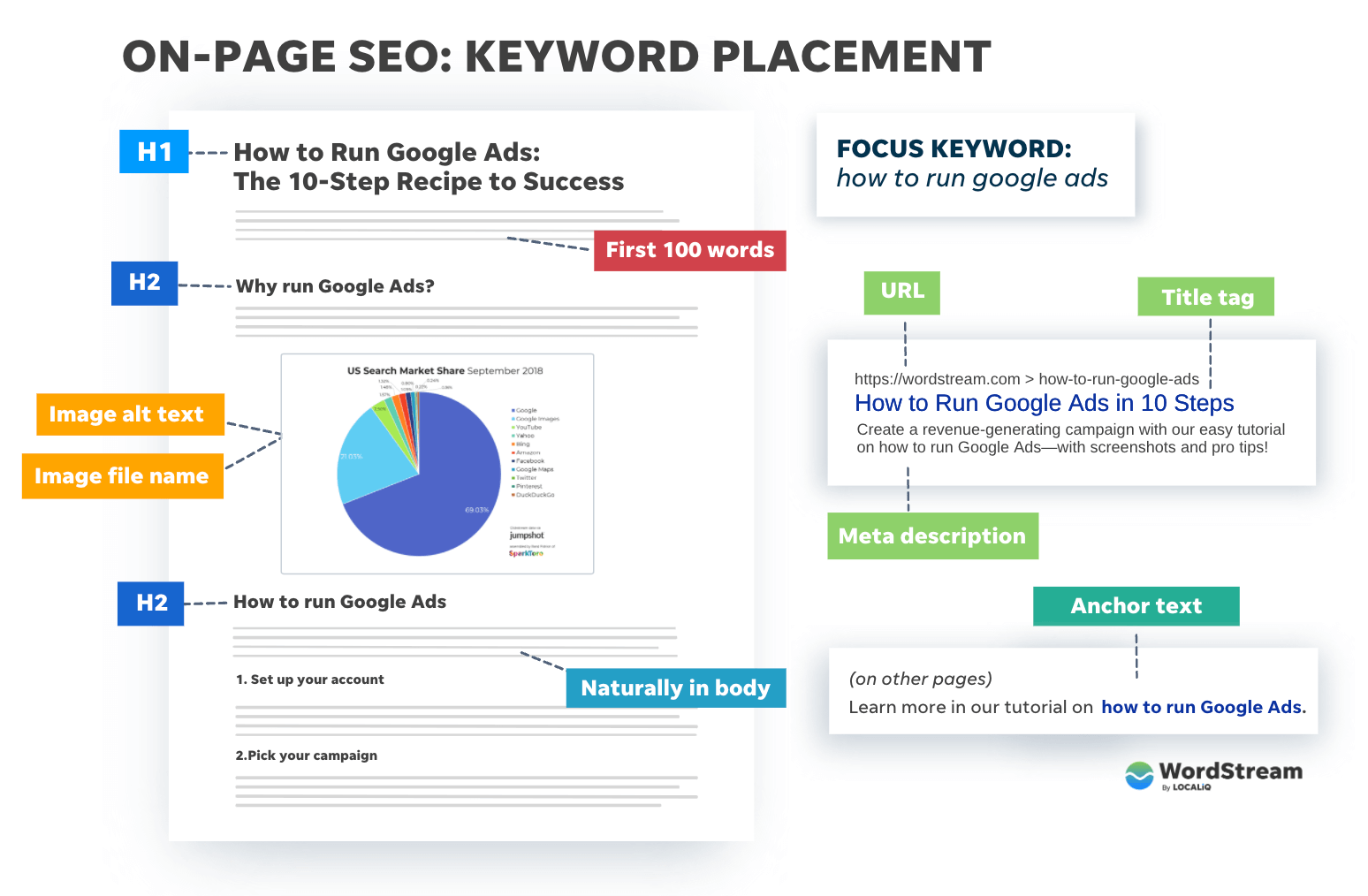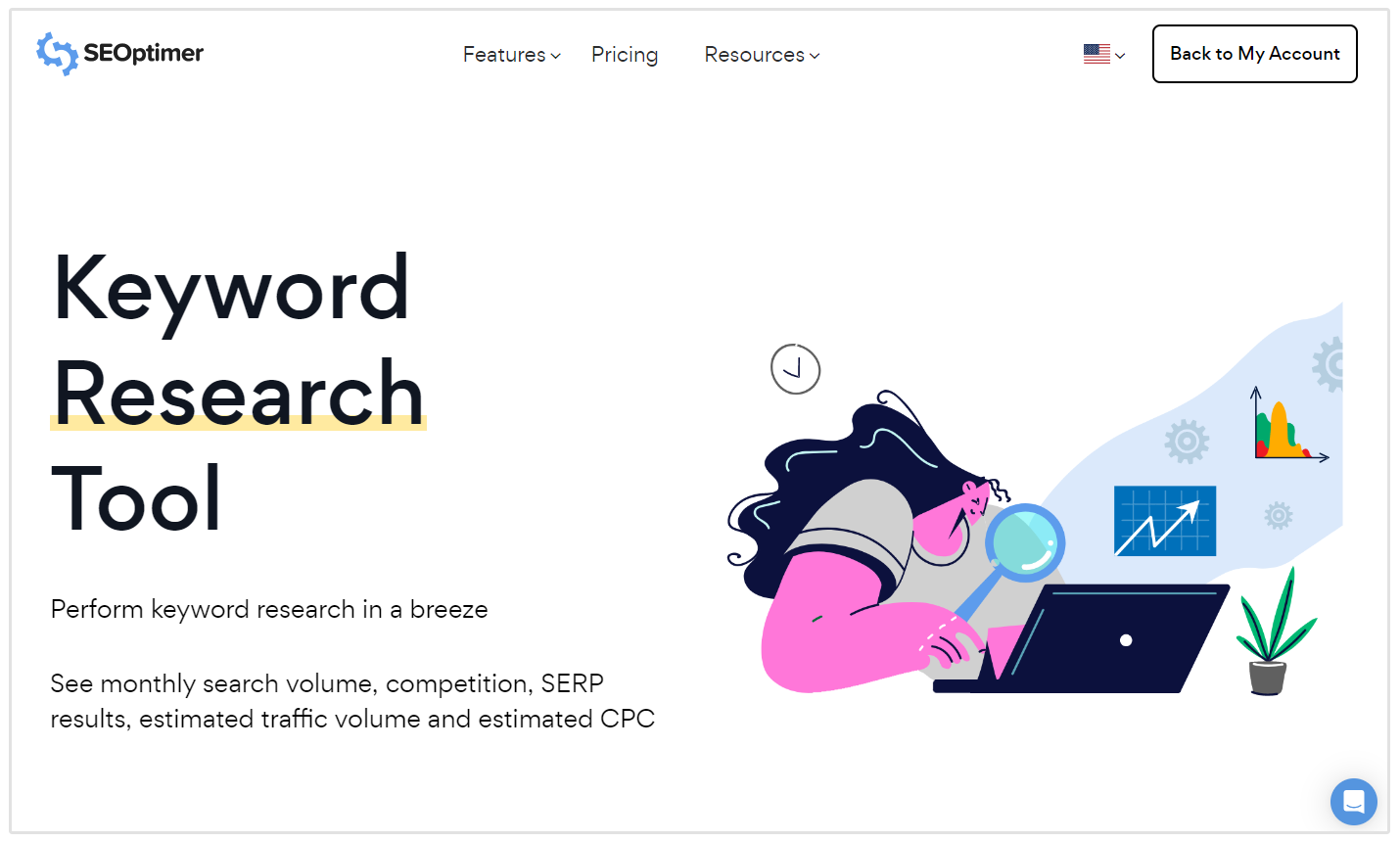Comprehending Secondary Dimensions in Google Analytics: What is a Secondary Dimension and How It Enhances Information Evaluation
Comprehending Secondary Dimensions in Google Analytics: What is a Secondary Dimension and How It Enhances Information Evaluation
Blog Article
Introducing the Influence of Additional Dimension in Google Analytics on Information Evaluation and Insights
In the realm of data analytics, the use of additional dimensions within Google Analytics has emerged as a critical tool for extracting much deeper understandings and unraveling complicated patterns that may or else stay obscured. By peeling back the layers of main data collections, additional dimensions offer a nuanced viewpoint that enhances the understanding of customer actions, website performance, and the performance of advertising and marketing methods.
Discovering the Idea of Secondary Dimensions
Second measurements in Google Analytics provide additional understandings by allowing customers to analyze primary information in conjunction with a second characteristic. By integrating second dimensions, individuals can dive deeper right into the data and discover useful relationships that could or else go undetected - what is a secondary dimension in google analytics.
Understanding the principle of second measurements is vital for taking full advantage of the potential of Google Analytics. It permits individuals to section information properly, identify patterns, and make informed choices based on a more complete photo of their analytics data. By discovering the numerous secondary measurements readily available in Google Analytics, users can open brand-new understandings and optimize their electronic advertising initiatives. Fundamentally, second dimensions work as an effective device for boosting data analysis and driving actionable results.
Enhancing Information Interpretation With Second Dimensions
Having actually developed the fundamental understanding of secondary dimensions in Google Analytics and their pivotal role in information analysis, the focus currently moves towards leveraging these secondary credit to boost the interpretation of analytics data (what is a secondary dimension in google analytics). By integrating secondary dimensions into information analysis, experts can get much deeper understandings into individual actions, web site performance, and marketing effectiveness

Moreover, second dimensions assist in contextualizing primary data metrics by giving extra layers of information. This contextualization help in recognizing the 'why' behind the data fads, helping experts make educated optimizations and decisions to enhance overall efficiency. Inevitably, including second dimensions improves the information analysis procedure, leading to more meaningful understandings and tactical activities.
Discovering Hidden Insights Via Additional Measurements
Exploring the depths of analytics information with second dimensions reveals important understandings that would or else stay covered. By including secondary dimensions in Google Analytics, services can discover surprise patterns, fads, and correlations that supply a more extensive understanding of customer habits and web site performance. These extra layers of data enable analysts to dig much deeper into the key dimensions, such as traffic resources or landing pages, and gain a much more nuanced viewpoint on exactly how various variables engage with each various other.
Via making use of second dimensions, analysts can section and contrast data across numerous dimensions, enabling them to recognize specific variables that affect customer engagement, conversion prices, and general success metrics. By pairing the main dimension of 'gadget group' with the secondary measurement of 'age team,' marketing professionals can pinpoint which age demographics prefer accessing the web site with mobile devices versus desktop computers. This level of granularity equips businesses to make data-driven choices and enhance their methods for far better outcomes. Eventually, uncovering concealed insights through secondary measurements enhances the deepness and precision of data evaluation, leading to even more enlightened decision-making and boosted performance results.
Leveraging Additional Measurements for Actionable Analytics
Structure upon the insights revealed via second dimensions in Google Analytics, services can currently harness this enriched data landscape to drive actionable analytics and calculated decision-making. By leveraging second measurements, companies can delve deeper into their data to remove valuable patterns, fads, and connections that may article source have formerly gone undetected. This go much deeper level of evaluation enables organizations to gain a more detailed understanding of individual habits, campaign performance, and overall website performance.
One secret advantage of utilizing second measurements for actionable analytics is the ability to sector information based upon specific criteria. This segmentation enables services to customize their approaches and projects to different target market teams, causing extra targeted and effective advertising and marketing initiatives - what is a secondary dimension in google analytics. In addition, secondary dimensions supply a more alternative view of customer communications, allowing services to optimize their web site content, design, and total individual experience
Optimizing Decision-Making With Second Dimensions
To boost strategic decision-making in analytics, leveraging secondary dimensions in Google Analytics can provide a more nuanced point of view on customer habits and campaign efficiency. By including secondary measurements right into data evaluation, organizations can delve deeper into the specifics of their website site visitors' communications and engagement patterns. This added layer of info enables for a much more thorough understanding of exactly how various variables, such as demographics, gadgets, or website traffic resources, influence crucial efficiency indications.

Conclusion
To conclude, making use of second measurements in Google Analytics plays a vital function in boosting data evaluation and revealing surprise insights. By exploring this idea, one can get a deeper understanding of customer actions and make notified choices based upon actionable analytics. Leveraging secondary dimensions enables a much more extensive analysis of information and optimizes the efficiency of decision-making procedures.
 Get More Info in google analytics
Get More Info in google analytics"/>
Report this page